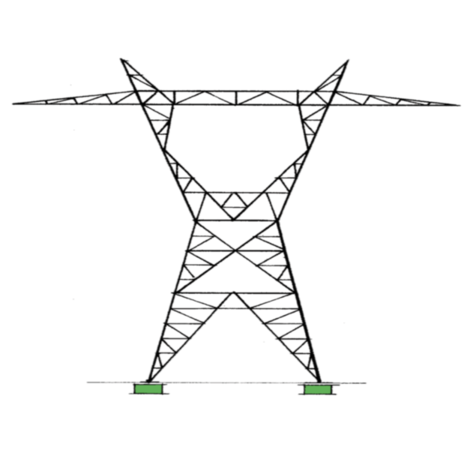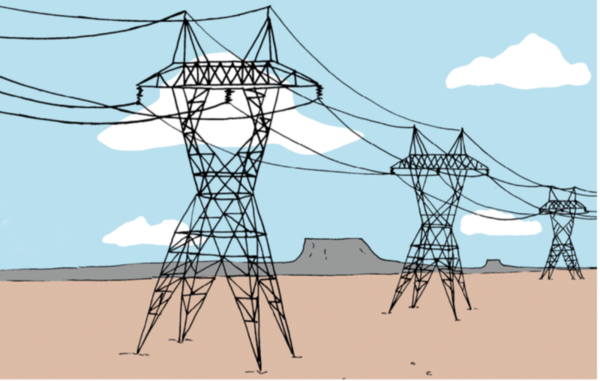Equine Assisted Coaching
This in-person coaching is co-facilitated with a horse or horses and can be undertaken one-to-one or with small groups from an organization, business or community. Currently this work is based in Sonoma, Northern California.
If everything else you read on this website seems to be emphasizing brain-based coaching, this form of coaching solidly foregrounds both, brain-based and embodied coaching.
Horses are mighty prey animals and are geared-up for their survival through such features as their very social and structured herd living, and extreme flight. They work co-operatively, share a variety of leadership roles and have much to communicate about how humans might consider working together.
Horses are highly attuned to their environments and spend time scanning for signs of dangers. Horses are acute observers of body language, intentions, energy and emotions. Working with horses means humans cannot get away with the masks, flannel and verbiage that they might employ with people. Horses find such incongruities disturbing, it could be that the smile and jolly tone hide something sinister and they will not want to work with people.
Interactions with horses are carefully supervised and some are more heavily structured than others. Participants interact with horses or undertake an activity with a horse, solve a problem or seek to move a horse. No previous knowledge of horses is required, there is no horseback riding, only working on the ground. Activities can be undertaken up close with the horse or observational activities can be from a distance.
Simply working and being outside, moving around the barn and paddocks and being with animals is both therapeutic and liberating. It is an environment which offers opportunities to take in and find alternative perspectives on current situations and issues. Working in the outdoors does encourage more expansive thinking. The information provided by the horse, as a living 'mirror' or huge live 'bio-feedback mechanism' can generate profound insights for the individual or the group. Somehow, because such information and insights are offered by a horse, no offense is taken.
Working outside and with the horses moves the coaching more easily into a different realm, that of the client or clients being embodied. That is grounded in, aware of and drawing on information from their physical bodies, as well as being able to feel, think, experience and express what is happening cognitively. Clients on the move, interacting with the environment and with the horses are hard pressed not to notice bodily sensations and to have bodily awareness. Developing such awareness and skills of reading themselves is a key carry away from EAC.
The Cycle of Coaching
Coaching with horses and the environment more generally is solidly based within the framework of experiential learning. There is a definite pattern of thinking, engaging and experiencing, reflecting in action, developing the observer mindset, and then periods of debriefing or reflecting on action and extrapolating from the experience to other life contexts - work, interpersonal relationships, home and family selves. As with all coaching there is a period to think about the actions which emerge from the learning.
Coaching With Horses
There are a number of options for working with horses. These include:
- One-to-one sessions interleaving coaching with working with the horse either in a round-pen or undertaking observational activities. Typically these will be around 2 hours.
- Half or full-day sessions in a small group with a horse or horses. These can group sessions can include some one-to-one time with a horse undertaking an activity or observation and can include some small group activities to explore an a shared issue
- Programs for groups or teams from the same community or organization can be developed to address particular intended learning outcomes. These could include team-building, strengthening group communication, exploring an issue or organizational change
- All periods of activity and observation when working with horses whether to a personal or professional development goal will include time to process and reflect on insights, questioning and debriefing and considering action steps to take beyond the barn
Humans Telegraph Energy: Often We Don't Know It, Nor What We Are Communicating
Being reminded about body language and the energy we are telegraphing, practicing turning up and turning down energy, becoming more grounded and aligned are all ways that working with horses, or indeed other animals, can help us when we want to work with, lead, motivate and encourage people around us.

